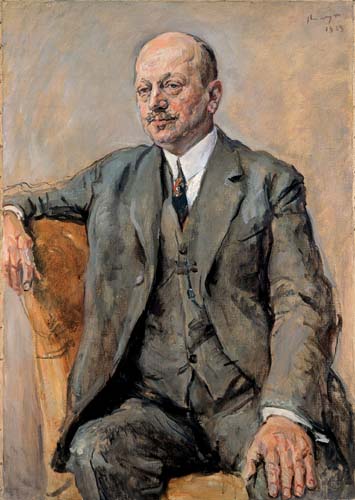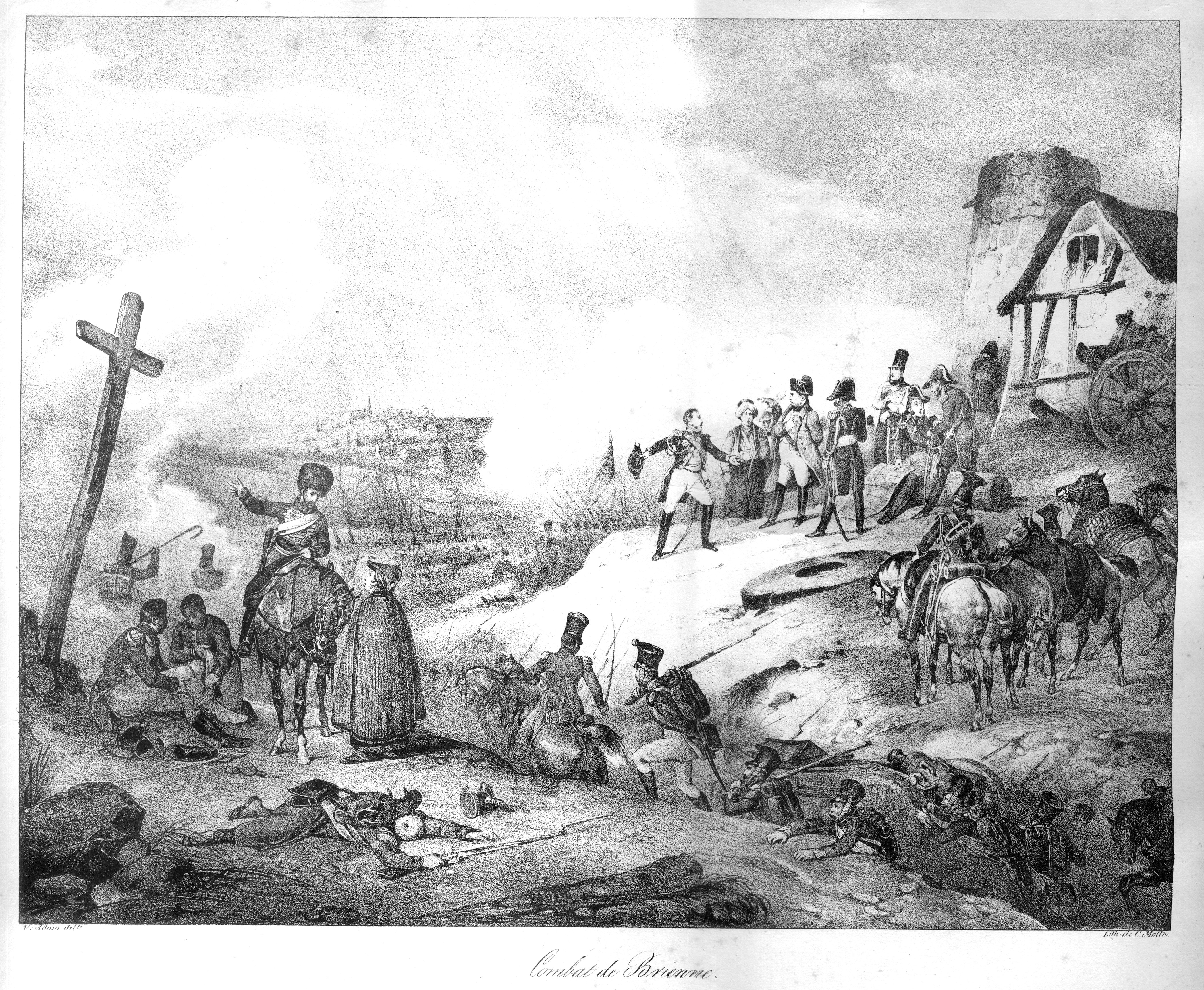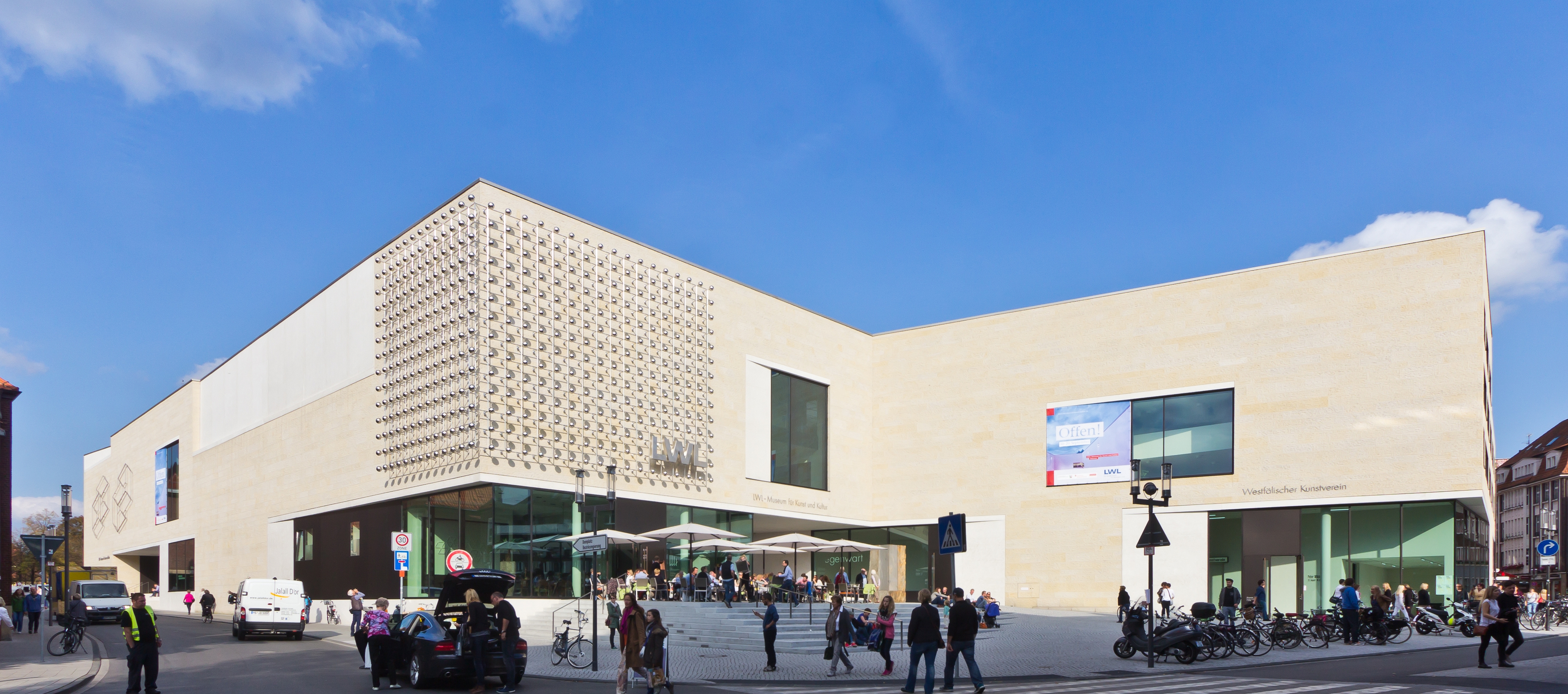|
Julius Freund
Julius Freund (18 April 1869 in Cottbus – 11 March 1941 in Wigton, Borough of Allerdale, United Kingdom) was a German entrepreneur and art collector persecuted by the Nazis because he was Jewish. Life The Cottbus-born textile manufacturer Julius Freund lived with his wife Clara, née Dresel, in Berlin. In 1908 their daughter Gisela was born, who became a well-known photographer. Art collection Julius Freund built up an important art collection, which mainly comprised German paintings, drawings and prints from the 19th and 20th centuries. In 1929 Max Schlichting initiated the exhibition “Hundred Years of Berlin Art”, which mainly consisted of Julius Freund's collection. Nazi persecution When the Nazis rose to power in Germany in January 1933, the Freund family was persecuted because of their Jewish origins. The Freund's daughter Gisèle emigrated to Paris and Freund tried to move his art collection to safety. On 1 September 1933 Freund moved his art collection - cons ... [...More Info...] [...Related Items...] OR: [Wikipedia] [Google] [Baidu] |
Max Slevogt Portrait Julius Freund
Max or MAX may refer to: Animals * Max (dog) (1983–2013), at one time purported to be the world's oldest living dog * Max (English Springer Spaniel), the first pet dog to win the PDSA Order of Merit (animal equivalent of OBE) * Max (gorilla) (1971–2004), a western lowland gorilla at the Johannesburg Zoo who was shot by a criminal in 1997 Brands and enterprises * Australian Max Beer * Max Hamburgers, a fast-food corporation * MAX Index, a Hungarian domestic government bond index * Max Fashion, an Indian clothing brand Computing * MAX (operating system), a Spanish-language Linux version * Max (software), a music programming language * Commodore MAX Machine * Multimedia Acceleration eXtensions, extensions for HP PA-RISC Films * ''Max'' (1994 film), a Canadian film by Charles Wilkinson * ''Max'' (2002 film), a film about Adolf Hitler * ''Max'' (2015 film), an American war drama film Games * ''Dancing Stage Max'', a 2005 game in the ''Dance Dance Revolution'' series * ''DDRM ... [...More Info...] [...Related Items...] OR: [Wikipedia] [Google] [Baidu] |
Jean-Baptiste Madou
Jean-Baptiste Madou (3 February 1796 – 31 March 1877) was a Belgian painter and lithographer. Life Madou was born in Brussels. He studied at the Brussels Academy of Fine Arts and was a pupil of Pierre Joseph Célestin François. While draftsman to the topographical military division at Kortrijk, he received a commission for lithographic work from a Brussels publisher. It was about 1820 that he began his artistic career. Between 1825 and 1827 he contributed to ''Les Vues pittoresques de la Belgique'', to a ''Life of Napoleon'', and to works on the costumes of the Netherlands, and later made a great reputation by his work in ''La Physionomie de la société en Europe depuis 1400 jusqu'à nos jours'' (1836) and ''Les Scenes de la vie des peintres''. It was not until about 1840 that Madou began to paint in oils, and the success of his early efforts in this medium resulted in a long series of pictures representing scenes of village and city life, including ''The Fiddler'', ' ... [...More Info...] [...Related Items...] OR: [Wikipedia] [Google] [Baidu] |
Westphalian State Museum Of Art And Cultural History
The Westphalian State Museum of Art and Cultural History (''LWL-Landesmuseum für Kunst und Kulturgeschichte'') is an arts and cultural museum in Münster, Germany Besides an extensive collection ranging from '' spätgotik'' painting and sculpture to the Cranachs, the museum specializes in paintings from the '' Der Blaue Reiter'' and '' Die Brücke'' movements, in particular works by August Macke August Robert Ludwig Macke (3 January 1887 – 26 September 1914) was a German Expressionist painter. He was one of the leading members of the German Expressionist group Der Blaue Reiter (The Blue Rider). He lived during a particularly act .... References External linksLWL-Landesmuseum official website Art museums and galleries in Germany Museums in Münster {{NorthRhineWestphalia-struct-stub ... [...More Info...] [...Related Items...] OR: [Wikipedia] [Google] [Baidu] |
Wallraf–Richartz Museum
The Wallraf–Richartz Museum (full name in German: ') is one of the three major museums in Cologne, Germany. It houses an art gallery with a collection of fine art from the medieval period to the early twentieth century. History The museum dates back to the year 1824, when the comprehensive collection of medieval art from Franz Ferdinand Wallraf came to the city of Cologne by inheritance. The first building was donated by Johann Heinrich Richartz, and the museum was opened in 1861, just after his death. The collection was regularly expanded by donations, especially the Haubrich collection of contemporary art in 1946. In 1976, on the occasion of the donation of Mr. and Mrs. Ludwig, the collection was split. The new Museum Ludwig took over the exhibition of the 20th century art. The current building from 2001, near the Cologne City Hall, was designed by Oswald Mathias Ungers. Also in 2001, Swiss collector Gérard Corboud gave his impressionist and postimpressionist collect ... [...More Info...] [...Related Items...] OR: [Wikipedia] [Google] [Baidu] |
Carl Blechen - Schlafender Faun
Carl may refer to: *Carl, Georgia, city in USA *Carl, West Virginia, an unincorporated community *Carl (name), includes info about the name, variations of the name, and a list of people with the name *Carl², a TV series * "Carl", an episode of television series ''Aqua Teen Hunger Force'' * An informal nickname for a student or alum of Carleton College CARL may refer to: *Canadian Association of Research Libraries *Colorado Alliance of Research Libraries See also *Carle (other) *Charles *Carle, a surname *Karl (other) *Karle (other) Karle may refer to: Places * Karle (Svitavy District), a municipality and village in the Czech Republic * Karli, India, a town in Maharashtra, India ** Karla Caves, a complex of Buddhist cave shrines * Karle, Belgaum, a settlement in Belgaum d ... {{disambig ja:カール zh:卡尔 ... [...More Info...] [...Related Items...] OR: [Wikipedia] [Google] [Baidu] |
Gerhard Von Kügelgen
Franz Gerhard von Kügelgen (6 February 1772 – 27 March 1820) was a German painter, noted for his portraits and history paintings. He was a professor at the Dresden Academy of Fine Arts and a member of both the Prussian and Russian Imperial Academies of Arts. His twin brother, Karl von Kügelgen, was also a painter of note. Biography He was born at Bacharach am Rhein. After leaving school in 1789, he studied painting in Koblenz. Beginning in 1791, he worked in Bonn, where he painted portraits of Elector Archduke Maximilian Francis of Austria, minister Ferdinand August von Spiegel zum Desenberg, and the Count of Waldstein. Afterwards, he and his brother undertook an educational journey to Rome, Munich and Riga, which was financed by Archduke Maximilian In 1800, he married Helene Marie Zoege von Manteuffel (1774–1842); from a noble Baltic-German family with roots in the 14th century. They had three children together. His first son, Wilhelm, was born in Saint Petersbur ... [...More Info...] [...Related Items...] OR: [Wikipedia] [Google] [Baidu] |
Oskar Reinhart
Oskar Reinhart (11 June 1885 – 16 September 1965) was a Swiss arts patron and art collector, born in Winterthur. His collection now fills two museums, the Kunst Museum Winterthur , Reinhart am Stadtgarten in the centre of Winterthur, and the Oskar Reinhart Collection "am Roemerholz" at his former home, Am Römerholz The Reinhart Collection formed by Oskar Reinhart is now held in a museum in his old house, "Am Römerholz" in Winterthur, Zurich Canton, Switzerland, as well as the Museum Oskar Reinhart in the centre of Winterthur. It belongs to the Swiss Con ..., in Winterthur. External links Kunst Museum Winterthur , Reinhart am Stadtgarten, Winterthur 1885 births 1965 deaths Swiss art collectors Swiss philanthropists People from Winterthur {{Switzerland-bio-stub ... [...More Info...] [...Related Items...] OR: [Wikipedia] [Google] [Baidu] |
Emil Georg Bührle
Emil Georg Bührle (31 August 1890 in Pforzheim – November 26, 1956 in Zürich) was a controversial German arms manufacturer, art collector and patron who emigrated to Switzerland. His art collection is now housed in the Foundation E.G. Bührle. Early life Born in Pforzheim, Germany, Bührle studied philosophy, literature, history and art history in Freiburg before moving to Munich. From 1914 to 1919 he was a German cavalry officer in the imperial army. In 1919 he joined the Magdeburg Machine and Tool Factory (''Magdeburg Werkzeugmaschinenfabrik)'' and rose up to become a legal representative. The ''Magdeburger Werkzeugmaschinenfabrik'' bought the Swiss Machine Tool Factory Oerlikon (''Werkzeugmaschinenfabrik Oerlikon)'' in 1923, and Bührle became the CEO the following year. In 1924 he moved to Zurich. In 1929, Bührle became the majority shareholder of the ''Werkzeugmaschinenfabrik Oerlikon'' and in 1936 he became the sole owner of the company (later the ''Oerlikon-Bührle ... [...More Info...] [...Related Items...] OR: [Wikipedia] [Google] [Baidu] |
Kunsthaus Zürich
The Kunsthaus Zürich is in terms of area the biggest art museum of Switzerland and houses one of the most important art collections in Switzerland, assembled over the years by the local art association called '. The collection spans from the Middle Ages to contemporary art, with an emphasis on Swiss art. Architecture The old museum part was drawn-up by architects Karl Moser and Robert Curjel and opened in 1910. Particularly notable are the several preserved Moser interiors in the original section of the museum, decorated in masterful Neo-Grec version of Secession style. The bas-reliefs on the facade are by Moser's longtime collaborator Oskar Kiefer. The original museum building was extended in 1925, 1958 and 1976. A $230 million extension by London-based David Chipperfield was opened in 2020. Half of the extension's budget came from the city and canton of Zurich, with the other half provided by private donors. Chipperfield's design is a massive rectangular sandstone-covered bui ... [...More Info...] [...Related Items...] OR: [Wikipedia] [Google] [Baidu] |
Kunstmuseum Basel
The Kunstmuseum Basel houses the oldest public art collection in the world and is generally considered to be the most important museum of art in Switzerland. It is listed as a heritage site of national significance. Its lineage extends back to the Amerbach Cabinet, which included a collection of works by Hans Holbein purchased by the city of Basel and the University of Basel in 1661, which made it the first municipally owned and therefore open to the public museum in the world. Its collection is distinguished by an impressively wide historic span, from the early 15th century up to the immediate present. Its various areas of emphasis give it international standing as one of the most significant museums of its kind. These encompass: paintings and drawings by artists active in the Upper Rhine region between 1400 and 1600, and on the art of the 19th to 21st centuries. Collection The Kunstmuseum possesses the largest collection of works by the Holbein family. Further examples of Re ... [...More Info...] [...Related Items...] OR: [Wikipedia] [Google] [Baidu] |
Martin Bormann
Martin Ludwig Bormann (17 June 1900 – 2 May 1945) was a German Nazi Party official and head of the Nazi Party Chancellery. He gained immense power by using his position as Adolf Hitler's private secretary to control the flow of information and access to Hitler. He used his position to create an extensive bureaucracy and involve himself as much as possible in the decision making. Bormann joined a paramilitary ''Freikorps'' organisation in 1922 while working as manager of a large estate. He served nearly a year in prison as an accomplice to his friend Rudolf Höss (later commandant of Auschwitz concentration camp) in the murder of Walther Kadow. Bormann joined the Nazi Party in 1927 and the ''Schutzstaffel'' (SS) in 1937. He initially worked in the party's insurance service, and transferred in July 1933 to the office of Deputy Führer Rudolf Hess, where he served as chief of staff. Bormann gained acceptance into Hitler's inner circle and accompanied him everywhere, provid ... [...More Info...] [...Related Items...] OR: [Wikipedia] [Google] [Baidu] |






